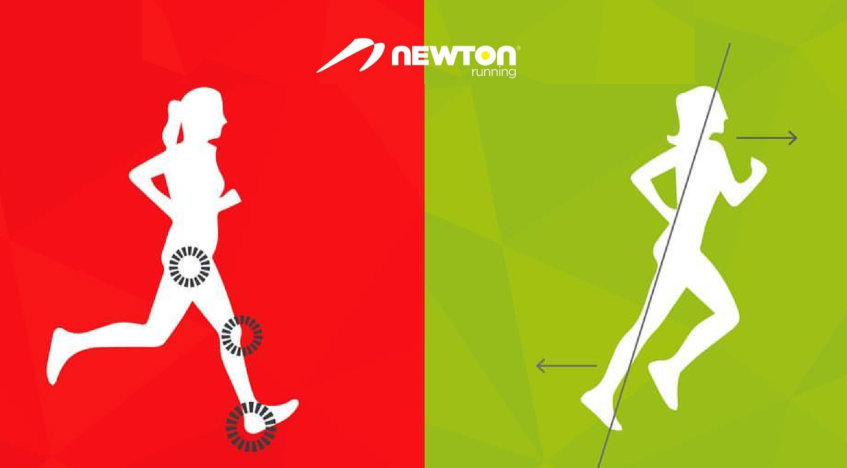
Engaging Gravity From the Core
1 May 2020
Running can and should be a fairly passive activity. When running with good balance and relaxation a runner has access to a limitless resource, gravity. Now, most people would assume that a runner must fight the forces of gravity in order to get their feet off of the ground and to maintain forward motion. If a runner’s form is correct, gravity becomes the primary propulsive force. Running with good posture, a high cadence and a foot strike that is under the center of mass sets a runner up to use this elusive force.

We have all been exposed to the importance of core strength. This extends beyond looking good in a swimsuit at the beach, but is important to maintain a stable central column in order to reduce inefficient movement. Core Stability is a more accurate term then core strength when looking at dynamic movement. An athlete might have six-pack abs and be able to do ten thousand sit-ups but still not able to stabilize the core. Stability of the core requires the ability to initiate movement from the area around the belly button. While running, if a runner is able to initiate movement from this area they will experience an upward extension of the spine making them nice and tall. As the core engages and the spine lengthens space is created at the hips. With initiation at the core a runner can then sequence this movement to maintain good posture and allow the central column of the torso to remain relaxed as the center of mass moves forward over a moving lower body. The lift of the leg is initiated from the core. The length of the spine is initiated from the core. This allows for a forward lean pivoting over a flexed ankle, a controlled fall. The focus is not on the extremity, it is not efficient to initiate running from the legs. If a runner can initiate this upward and forward movement from the core then the weight of the upper body is not a force that has to be lifted upward by the legs. Instead this upward and forward movement puts the body at a nice angle and allows the downward pull of gravity to create forward motion. The legs then go along for the ride. Assuming a nice high cadence and a foot strike that is directly under the center of mass, the body will move forward through space with minimal effort. The greater the forward lean the faster a runner will run. Speed is not a direct result of effort; it is a direct result of efficiency. If a runner is too upright, gravity will drive mass into the ground not forward. If a runner’s stride is too long the contact with the ground will increase in time and force and the body will slow down. If a runner’s cadence is too slow they will not be able to maintain balanced over the lower body.
When taking the number of steps into consideration that a runner will take in order to cover the 26.2 miles of a marathon, it should not be difficult to understand the incredible difference it makes when working with gravity instead of against it. Start with creating good posture by initiating an upward lift of the spine. Allow the hips, knees and ankles to gently flex putting yourself into a nice athletic position. The center of mass then falls forward over the flexed ankle and the legs respond with a nice high cadence. Move from the core and let gravity do the heavy lifting!
Douglas Bertram, CEO and Founder of Structural Elements®

Newton Running and Structural Elements®, (se) ®, partnered to enhance the wellness, education and health of runners worldwide. Structural Elements, is a unique wellness brand offering a transformative and therapeutic approach that focuses on how the body functions.
The name Structural Elements® refers to the proprietary method Bertram developed as an acupuncturist. Operating on the fundamental belief that the body is a single unit, Bertram developed a mapping technique locating patterns of focal adhesions in response to mechanical stress. Structural Elements® practitioners, also referred to as body engineers, can be practicing physical therapists, chiropractors, acupuncturists and osteopathic physicians alike.

